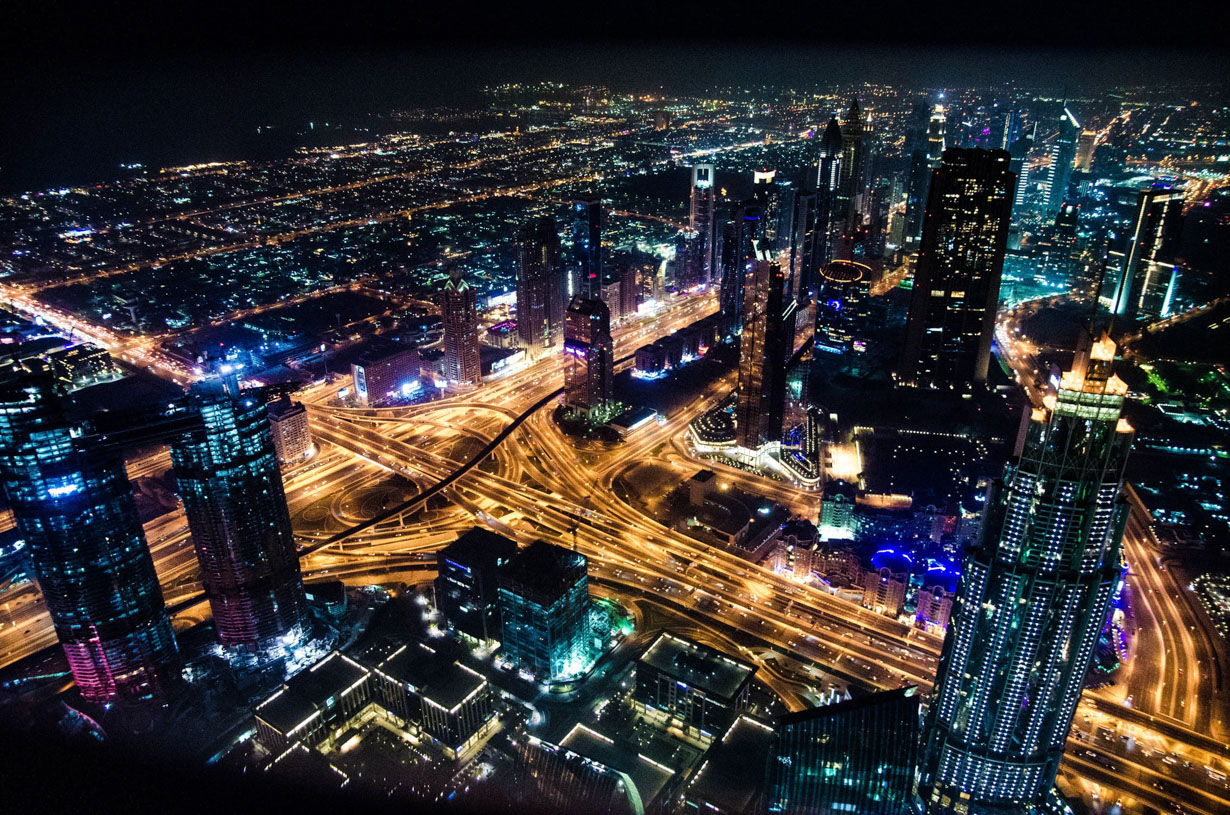
Experience Design for Council Regeneration and Smart Cities
Posted on January 18th, 2022
It is becoming increasingly clear that the march towards digital in all aspects of life is inevitable, governments around the world are adopting a digital first approach and the prospect of increasingly digital government services combined with smart cities, smart infrastructure, faster networks and better, more intuitive display technologies can make a real difference to the lives of citizens around the world in much more dynamic and in depth ways.
So what’s the catch? What are the problems facing governments, councils and institutions adopting and commissioning these services? How do smart cities and digital governments work together and how do citizens interact with the myriad new services and possibilities? The question of interaction is an interesting one and many have been thinking outside the box for solutions and one such solution is experience design. Not just typical UX or UI design but design for a hybrid digital-physical world and how immersive and interactive experiences can help mold and shape these future interactions into something that isn’t just intuitive and valuable but a genuinely positive, impactful, informative and even transformative experience.
Traditional use cases for smart city infrastructure have always been to improve ecology, utilities and services through the collection of data, but what if the same data streams could be used to directly improve the lives, opportunities and wellbeing of everyday citizens, what if instead of just smart infrastructure we had responsive infrastructure and smart culture? From our recent projects and research we have compiled a list of key considerations for incorporating experiential and experience design into smart city, infrastructure, digital government and regeneration projects:
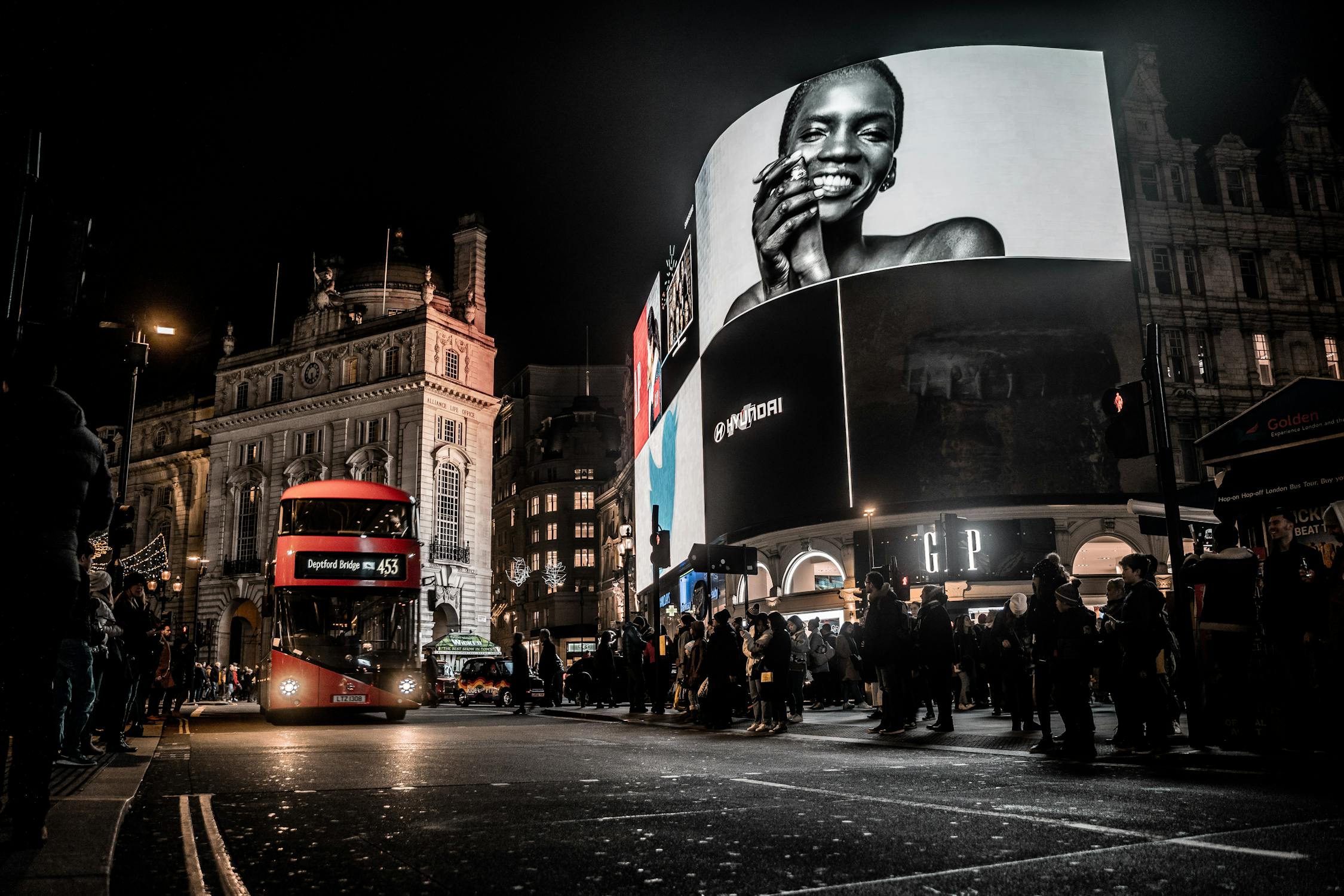
The Smart City Hub
Living in a smart city doesn’t have to be passive, many regeneration projects and new developments are beginning to think about integrating interfaces for a multitude of smart functions and utilities into central infrastructure hubs or cultural centres that also act as a gateway to council services. These hubs connect the community and the city, as an innovation centre, incubator, stimulant and more. In addition to useful applications allowing residents to check services like city planning applications with real time data visualisation there are also modules that connect residents to smart cultural, heritage and local council services.

Responsive Buildings
Buildings, walls and spaces with screens, projection and lighting that are able to dynamically change for events, takeovers, seasonal updates and other stimulus. By designing a centralised system in parallel with the content for regeneration or smart infrastructure projects, we can create all the displays across a large development as one unified canvas. At the push of a button an entire building, both inside and out could be transformed. An advanced centralised CMS and control panel or GUI for each area and for the entire development could support pre-programmed functions that allow instant changes to the entire lighting and AV systems as well as small changes over longer periods, ideal for one off special events, seasonal content updates, changing content at different times of day and to help monitor the central and all subsidiary systems.
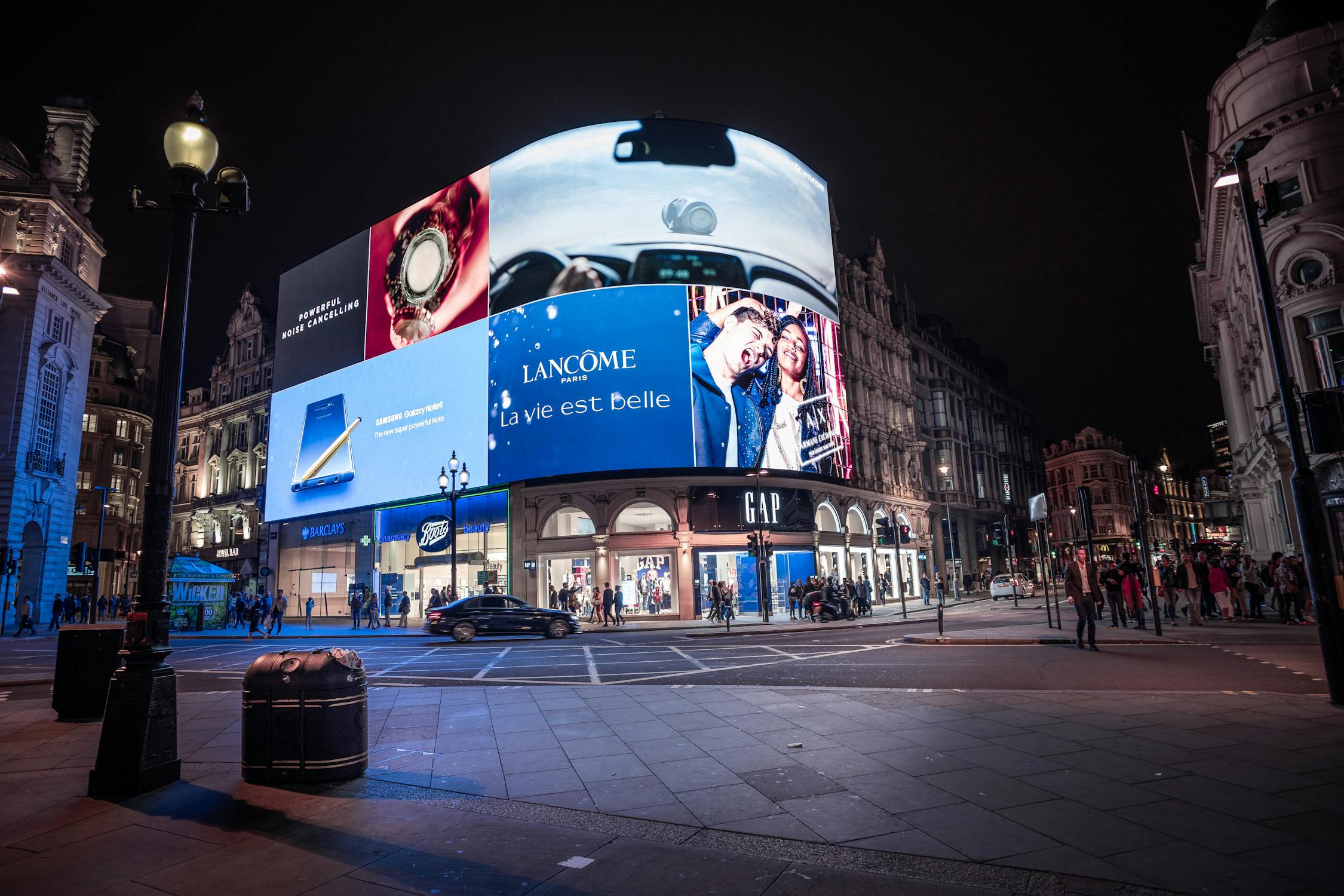
Branding
In order to develop the visitor experience we need to explore the type of content, tone of voice, look and feel that will manifest the regeneration or smart city project, key to this is branding. We think there is a huge opportunity to use generative design, alongside a branding framework and process, to create digital first brands that use data from smart cities, the people and the environment to drive the brand to evolve and adapt. The branding framework provides the parameters so it always fits within wider government communications and looks good, but comes to life as a seemingly living and responsive beacon of innovation.

Generative Design
Generative design is used extensively in architecture and infrastructure across many industries, in some instances it's even used to mimic nature and evolution through the use of genetic algorithms. A key objective for smart cities and digital government services is future proofing the city and putting innovation and the people at the center. The buildings themselves should be responsive to the people, the brand and the content that spawns from it should do the same.

Personal Development
Personal development and learning resources could also be managed more effectively via a smart city hub. One idea from London Designer Dominic Wilcox is to set a daily challenge for residents to complete that is personally tailored to them to support their journey and personal growth. This challenge could be learning a new skill, starting a new class, helping in the community or issues facing the community, i.e wellbeing. The spaces of the smart city hub should help to bring these challenges to life, with digital displays that change daily and encourage residents to explore new areas in contributing to the challenge.
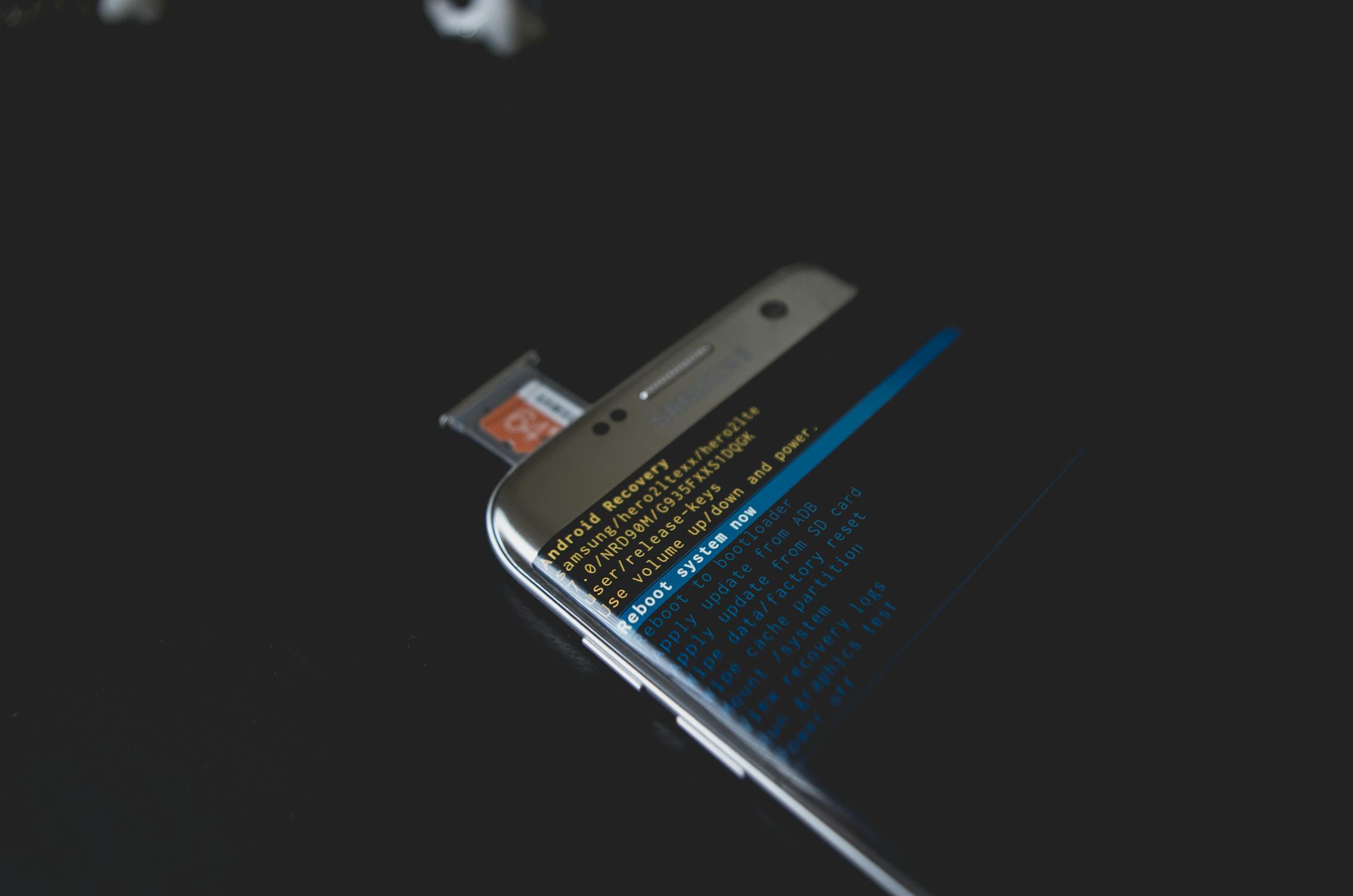
RFID
Location based personalisation or RFID kiosks could form the backbone of personalisation services but face recognition, object recognition and biometrics could all be used to identify where an individual is within a building or development. These technologies will enable us to greatly enhance user experience and allow the physical spaces around developments to react intuitively to each user. An RFID system used in conjunction with a central app and database could allow us to keep a record for core services such as books read, logged progress for stem projects, labs used and achievements, community tasks, courses taken, suggested reading, suggested courses, suggested learning sessions based on interests. Digital displays and content could switch from default to personalised as they detect residents either tapping or using wide field RFID. Wi-fi meshing and other RTLS methods, air tags, bluetooth beacons and NFC could also be used, keeping this interaction on residents’ mobile devices.
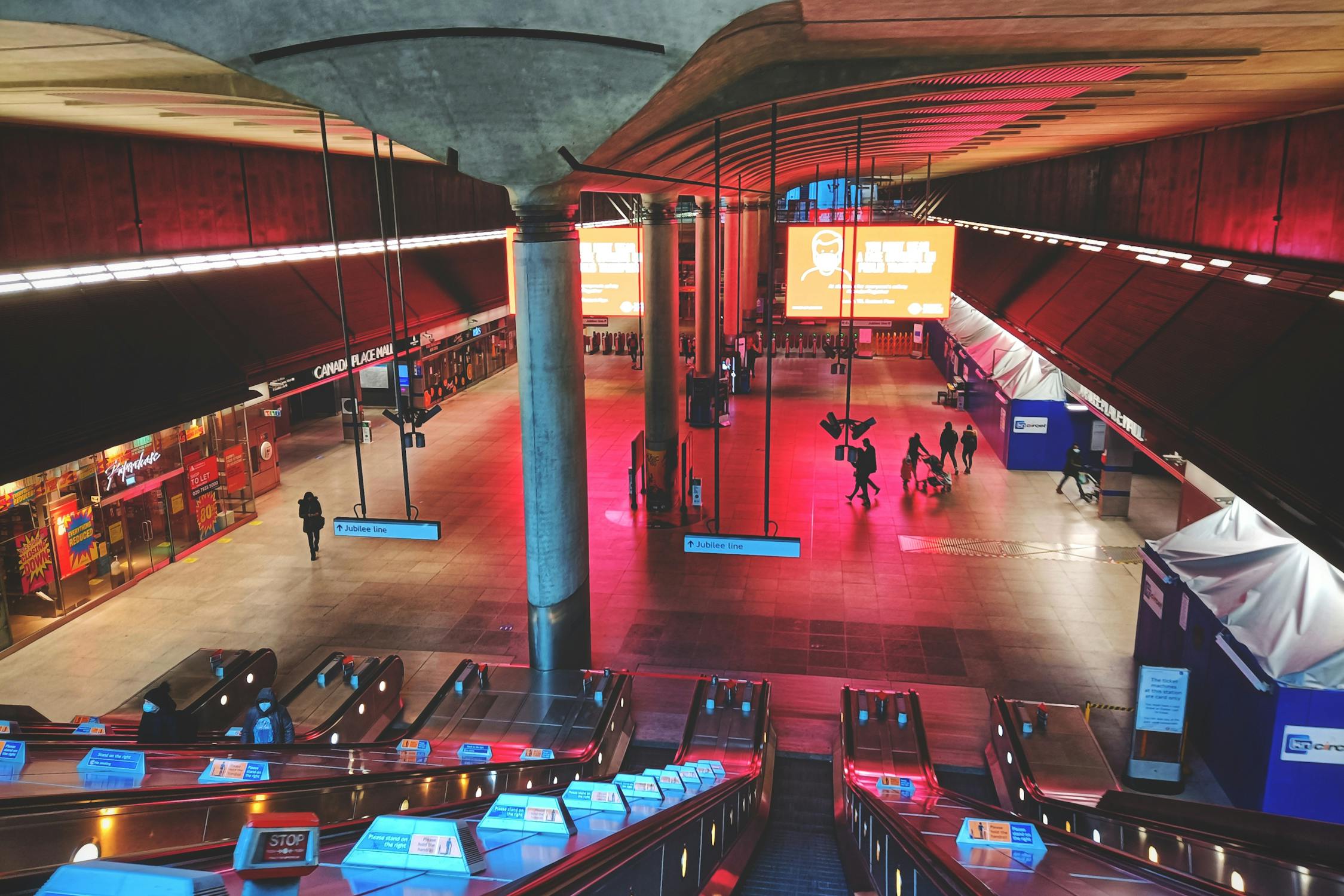
Wayfinding
System Wayfinding could be a prolific feature of smart cities, it’s possible to imagine that printed signage could be avoided altogether in favour of digital wayfinding, allowing rapid updates and themed take over across all signage in an entire area or development. Possible wayfinding formats could include digital signage, ultra stretch displays, projection mapping on the floor, responsive lighting around the development, interactive touch kiosks with level maps, mobile maps and guides or even an AR app. Location based methods to make wayfinding responsive to visitors could include RFID, NFC, wifi meshing, spatial computing, motion tracking, object recognition, bluetooth beacons and air tags could also be used for hyper localised positional data.
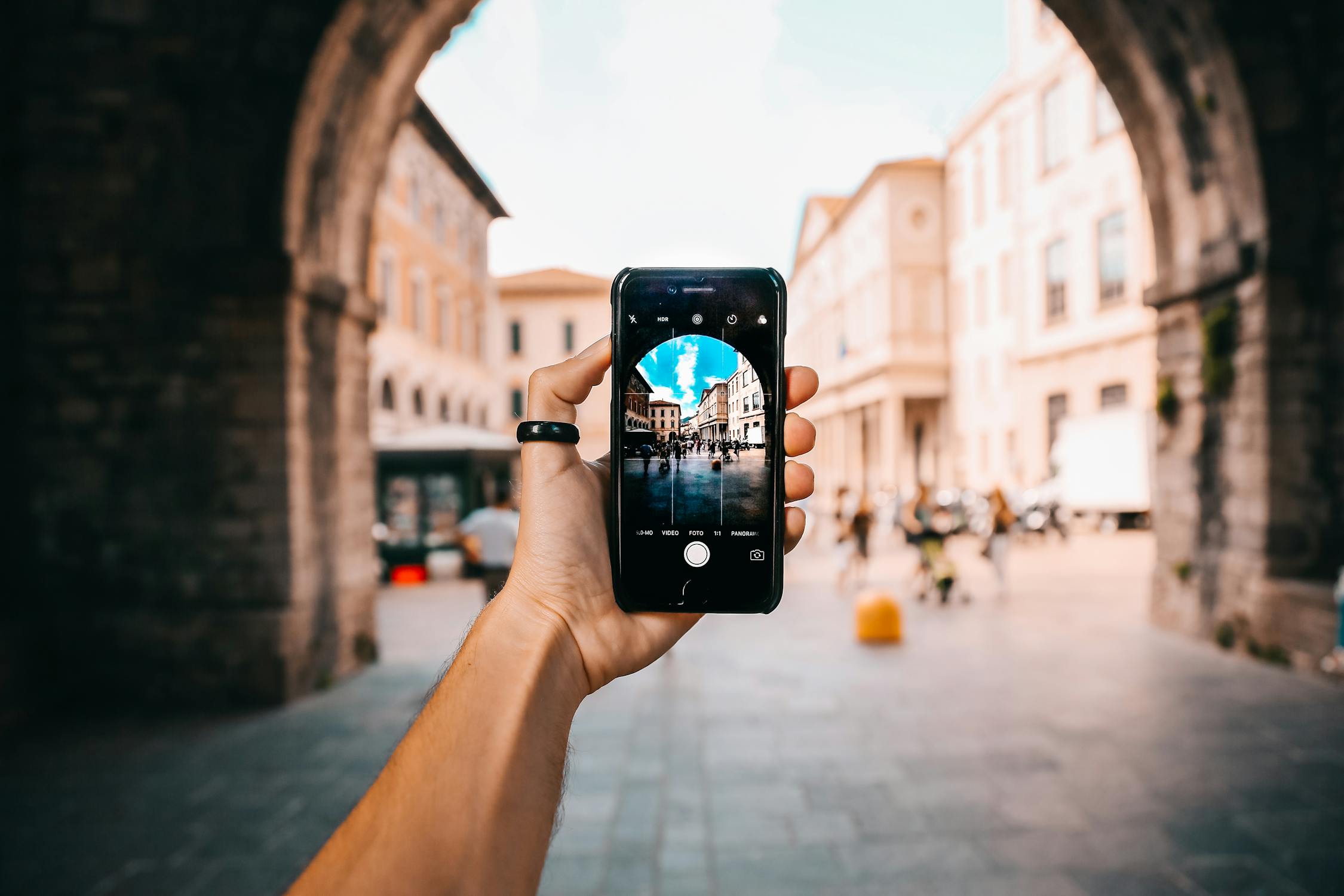
Mobile and Web App
A mobile or web app could act as residents’ personalised guide and communicate directly with a centralised AV system, some example use cases for this could be: booking a meeting room, inviting other residents with the app, seeing events and booking tickets, tracking personal progress, recording which books have been read and creating a suggested or recommended list, challenges, events and theme related content, rewards and prizes for community projects, community engagement and networking, project collaboration, testing, building and publishing output from coding lab, suggested lab collaboration or next steps, accessing support information and help guides, accessing the archives, library, content, AR services such as wayfinding and object recognition around the building to add another layer of functionality or personalisation.

Rewards/Points System
Using RFID kiosks and NFC tags located around a development as part of the centralised app, a rewards or points based system could be employed, rewarding residents for activities such as completing daily challenges, tracking progresses through development and suggested areas, events or similar that you’ve seen, finishing a book, suggesting books to others and leaving a review, completing a lab project, helping troubleshoot or problem solve another lab issue, helping with city wide community projects, planning and leading a seminar or talk, learning a new skill or even just attendance to community projects.
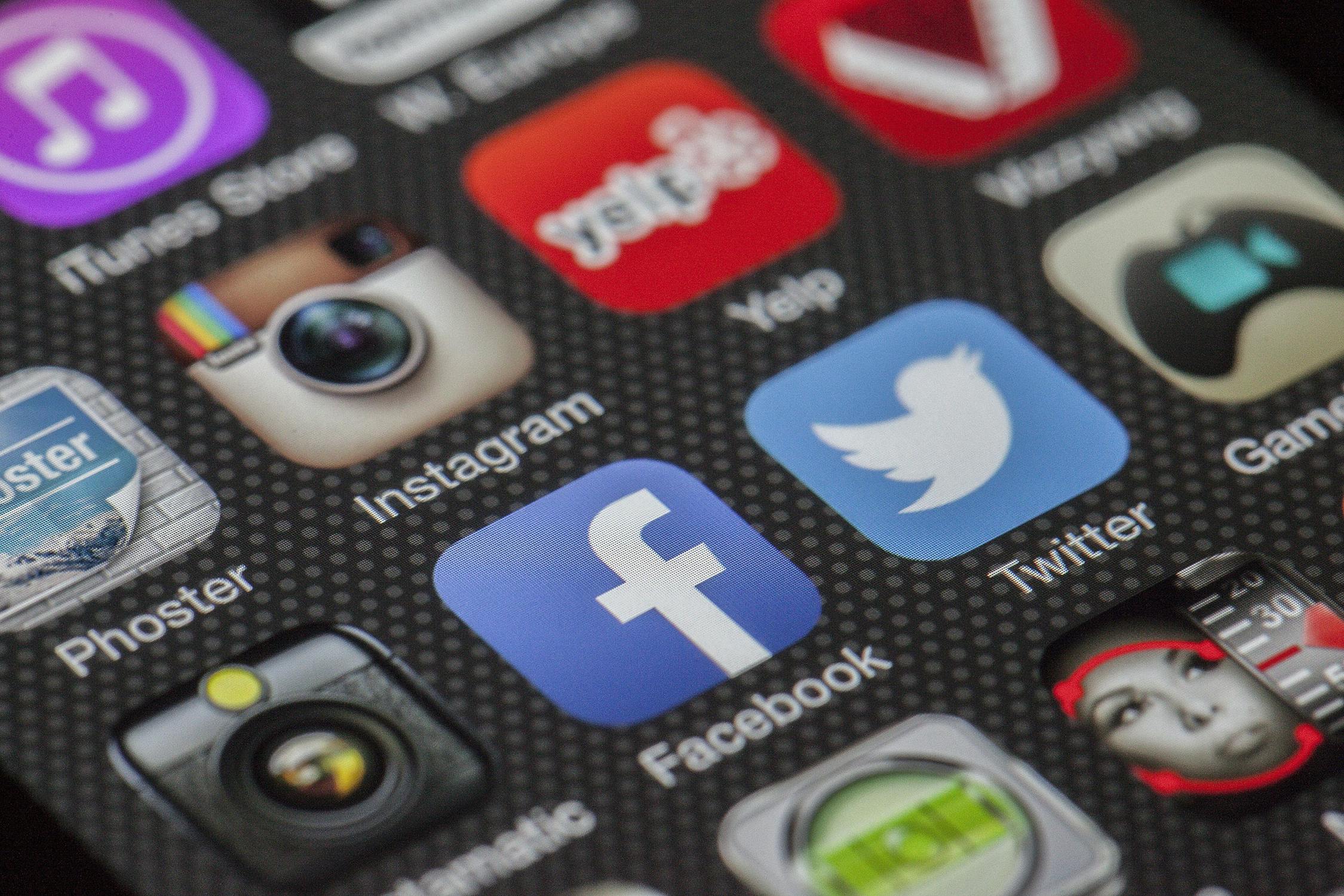
Social Media Integration
There are many ways social media integration could be a good fit for a smart city or digital Government services hub. Tapping social media icons placed around a development could automatically share content like a book a resident is reading, the exhibition being viewed or the coder lab showcase being watched. Building entrances, exterior and indoor AV systems can also be programmed to respond to social media inputs, using Twitter as an example, either an individual tweet or multiple tweets contributing to a tag cloud could trigger at a certain time or when a certain number of tweets has been reached this could then change the colouring, tempo or theme throughout the building for a certain amount of time. Social media integration has been a proven method of getting younger visitors in other key attractions.
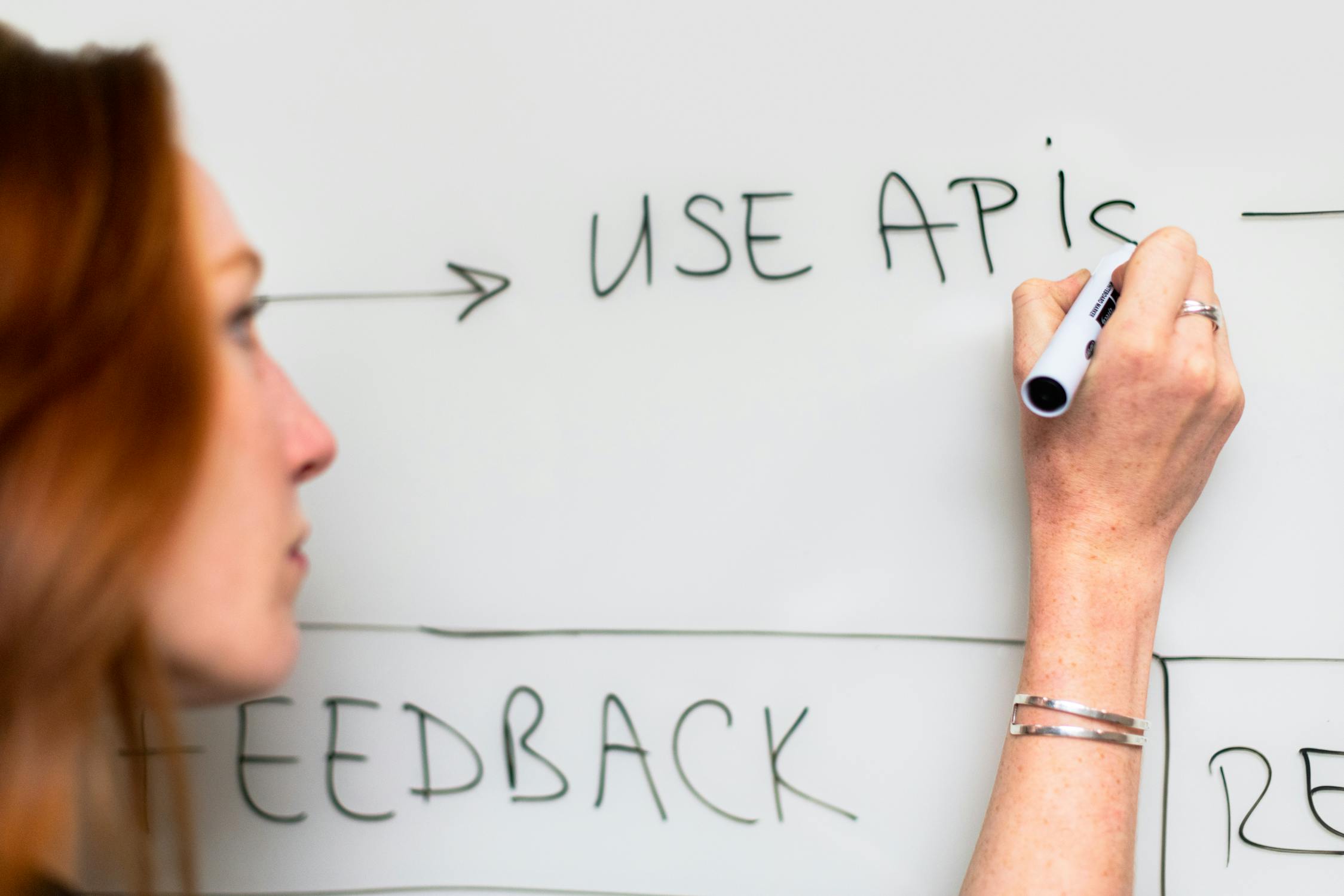
Content Updates
A central control system with a CMS (content management system) that can change and update every aspect of content throughout the development is essential for creating an adaptive and evolving central experience. Automation and easy to follow templates and systems can be used to make sure that only key content needs to be updated and give operations teams flexible but intuitive control over the entire system. Presets can be made for multiple different modes to make managing switching between events, takeovers and day to day operations as simple as possible.
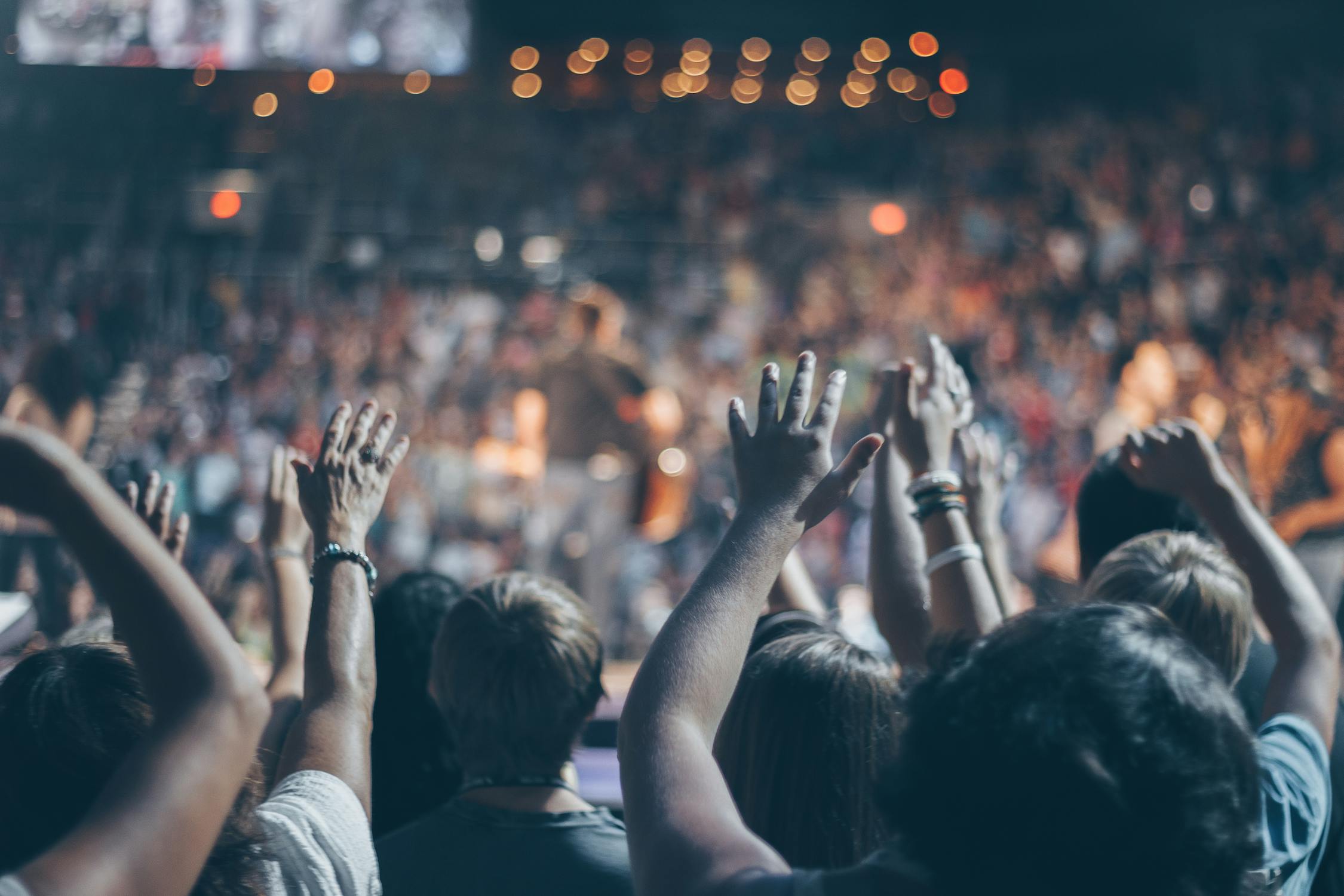
Smart City Events Space
Town squares or specially designed mixed use outside spaces could be used for live performance, live music, artists installations, performers, projection mapping, sound sculptures, kinetic or LED message pillar with AR overlay allowing personalised community messages, architectural and sculptural lighting could even intuitively respond to residents’ needs. LED kiosks would be a good way for recognised and registered users to display achievements, progress, books read, recommendations as an AR overlay or on a digital display. Integrated and immersive audio systems for ambient or live performance along with lighting systems that can be easily adapted for installations and events.
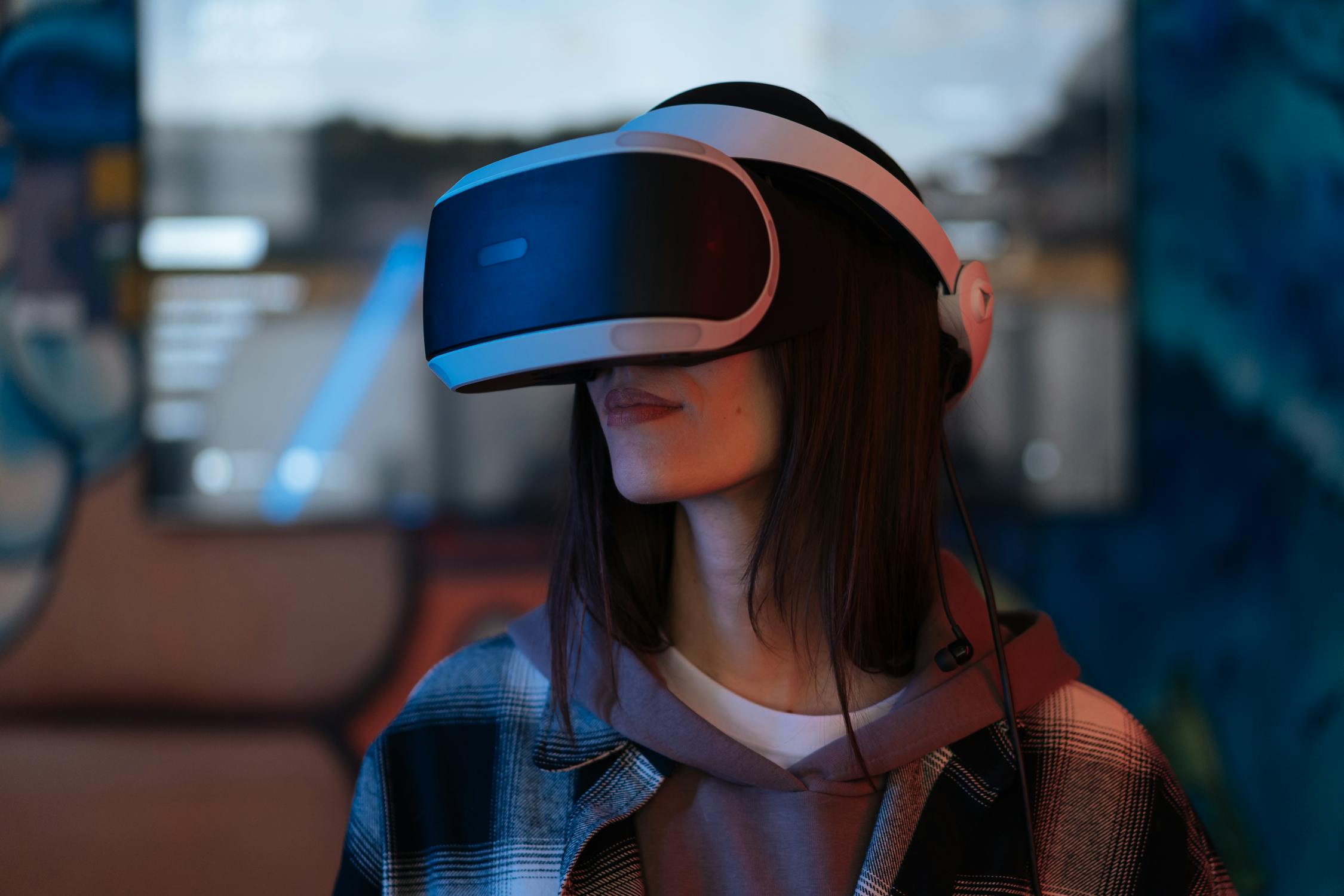
Simulation
Creating a digital twin of a physical development in Unreal engine enables us to interact with the space and continue to visualise the final experience and add more features through design and production. A digital twin of the development allows residents to visit and interact with the building remotely, it could also be compatible with existing virtual worlds, for example games like fortnite, Facebook’s VR metaverse and so on. It could even function to allow you to book spaces, hire books, allow digital attendees to attend events.

5G/Super Fast Wireless
How can we use layered networks to the maximum of their capacity? Regional council or government messaging via network connection is possible in addition to visual representations around the city or development. What interesting data outputs can we get from these sensor networks? How can we use them in future regeneration or development projects? Many will have meshing capability and location basing up to 10m accuracy, so the question is, what can be done with local sensors and a 10m accuracy position data? 5G capabilities will allow us to push the boundaries of AR experiences like live AR with hybrid guests in game engine driven by 5G, AR exhibitions and mixed media learning. Using 5G, interactive touch screen kiosks around the city or development could have event info, wayfinding connected to live event info, location data can push messages to your mobile as you approach key buildings, events or similar, light sculptures could respond to air quality, the motion of passers by could trigger lighting or audio effects and content changes across city or development wide interfaces for events or based on time of day or weather for example.
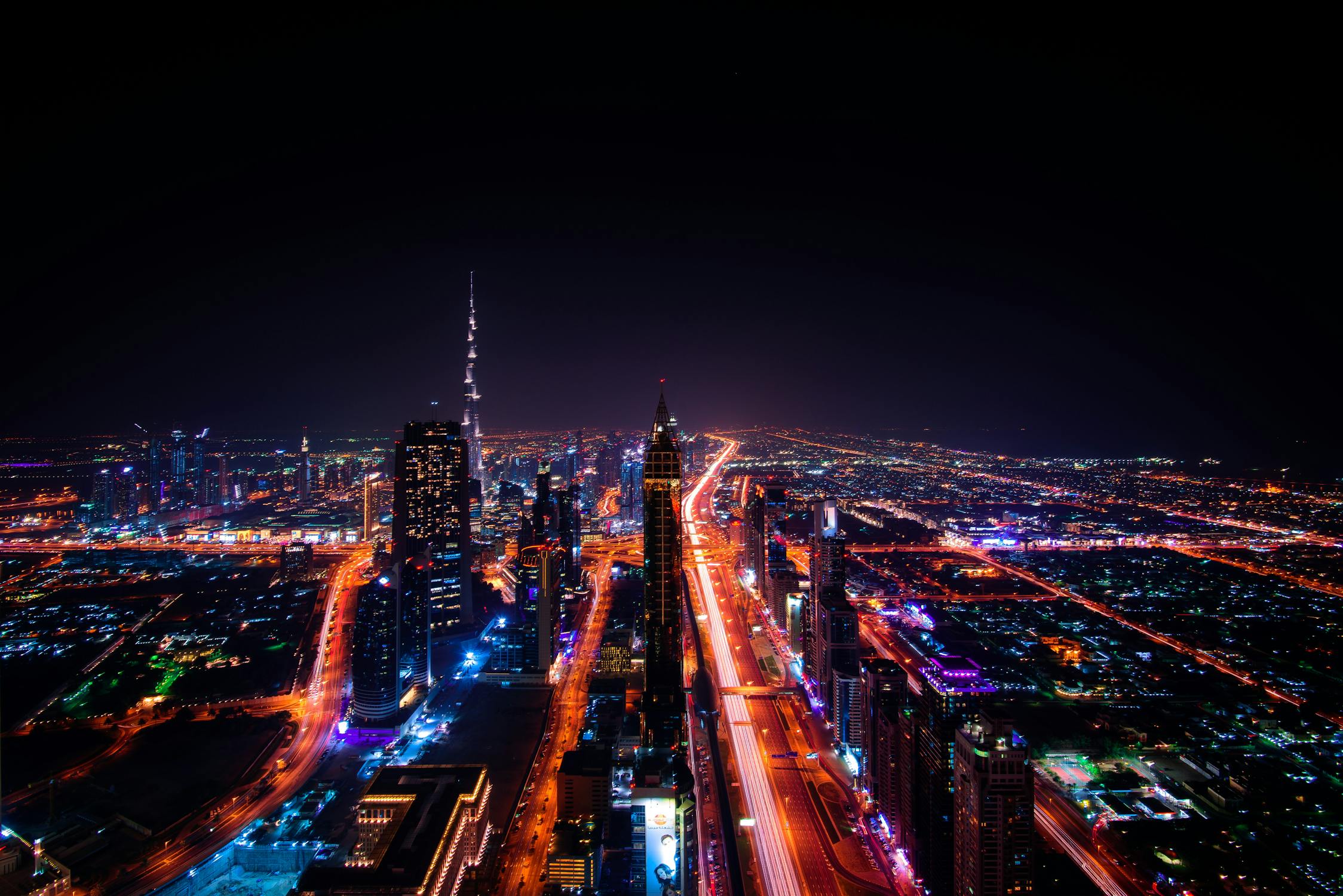
Smart City Services
There are a number of interesting ways to integrate digital services across a regional council and using a physical development or regeneration project as a way to launch new centralised digital services. A centralised login given to residents that could work across all council services and venues. A resident’s profile then links to council services and could provide recommendations for education, welfare, medical records, community connection, a central hub for ticketing, box office management, an itinerary builder and many more opportunities. Residents should be able to access council services online or an app but get supplementary data from visiting physical developments, for example seeing data visualised or location based advertising around community engagement, service feedback, communities ideas, challenges, stories and more.
When creating real world, definable use cases from a rosta of new technologies, services and infrastructure, experience design is crucial, there should be no dry Corporate AV solutions. A traditional approach in the past might have been to begin with AV technical designs in isolation from the audience visitor journey, the content and their intended use. Putting people first, not technology, understanding your visitors, their needs, wants and desires is the way to get the best results. The visitor journey and experience begins before they visit, how do they hear about you, what entices them in? What makes them come back? How do they get to you and how do we enhance that experience, and that’s all before they walk in the door, at which point we can sculpt their experience and immerse them like never before! Technology is only an enabler, talking about people and their emotions and experience, that's what good design is, it should add social value, create awe and wonder and above everything, make people happy.